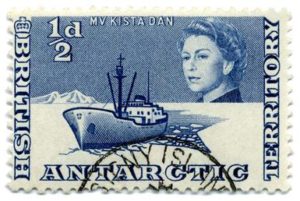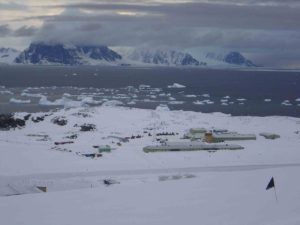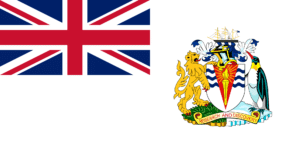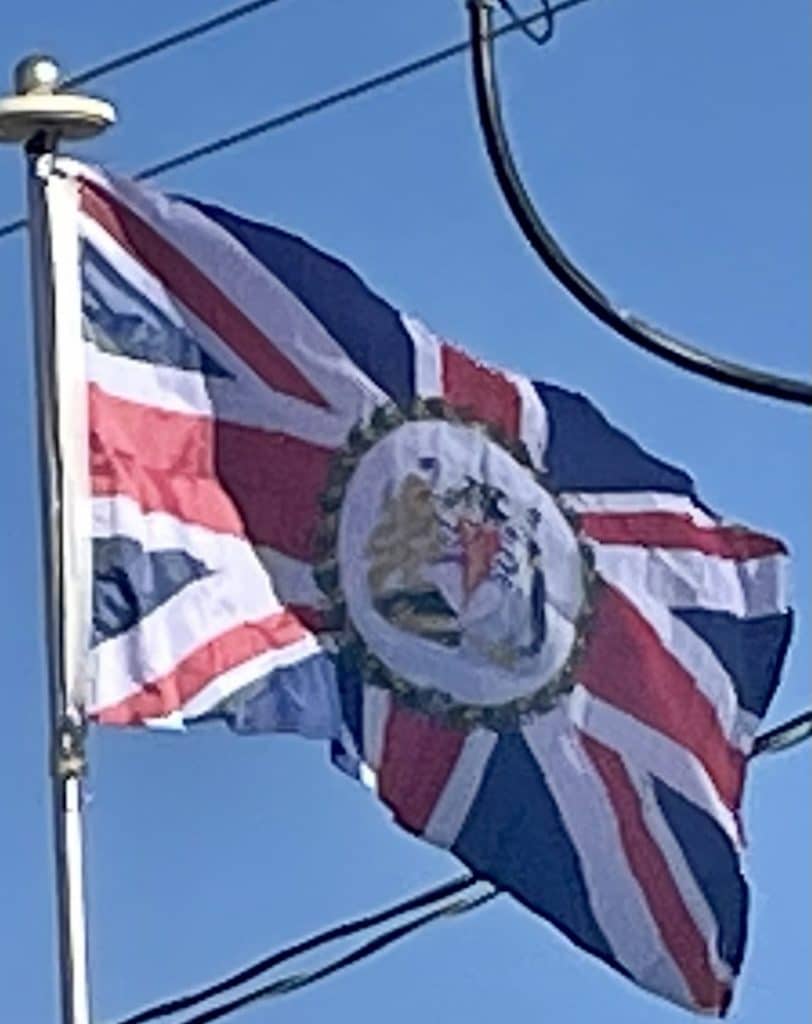Geography:
The British Antarctic Territory includes the Antarctic Peninsula, the South Shetland Islands, South Orkney Islands and numerous other offshore islands, the Ronne Ice Shelf (Weddell Sea), parts of Coats Land. A 437,000-square-kilometer (169,000 sq mi) triangle of central Antarctica converging on the South Pole was named Queen Elizabeth Land in December 2012, in honor of the Diamond Jubilee of Elizabeth II.
Over 99 per cent of the territory’s land surface is covered by a permanent ice sheet, up to about 5,000 meters (16,000 ft) thick.[9] The highest peak in BAT was thought to be Mount Jackson, on the Antarctic Peninsula, at 3,184 meters (10,446 ft). However, in 2017 Mount Hope was calculated to be taller at 3,239 meters (10,627 ft).
Economy:
There is no meaningful economic activity in the BAT. The only residents are part time research staff.

However, the BAT does sell its own postage stamps and coins, which are popular with visitors and collectors abroad.
Transportation:
Travel within the BAT is via foot, snowmobile, boat, or aircraft, all modes of travel which are not available to tourists. Travel to the BAT is usually restricted to research crews and vessels, but the limited tourists who do arrive are almost exclusively passengers on adventure cruises who embark from southern Argentina.

In fact, most all Antarctic tourists are likely to visit the BAT since the Antarctic Peninsula and it associated islands are the most popular places for such adventure cruises to put ashore, all of which lies within the BAT.
Flag of the British Antarctic Territory (BAT):
The flag of the British Antarctic Territory was granted on 1 August 1963, a year after the British Antarctic Territory, a British Overseas Territory, was created. Previously, the Territory was a part of the Falkland Islands Dependencies and used the same flag.

The flag is a white ensign, without a cross, with the Union Flag in the canton, defaced with the coat of arms of the British Antarctic Territory, introduced in 1952. The coat of arms features a lion, representing the United Kingdom, and a penguin, representing the native wildlife. The crest of the coat of arms is the RRS Discovery, which first took Robert Falcon Scott and Ernest Shackleton to Antarctica as part of the British National Antarctic Expedition in 1901. She is currently a museum ship in Dundee. The motto on the coat of arms is “Research and Discovery”.

